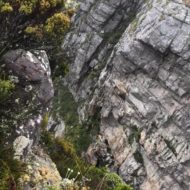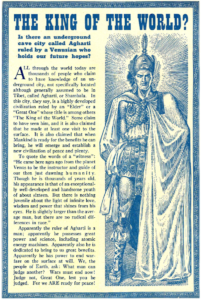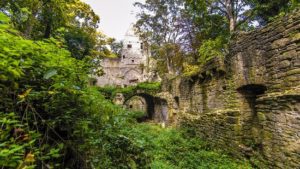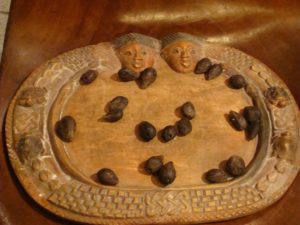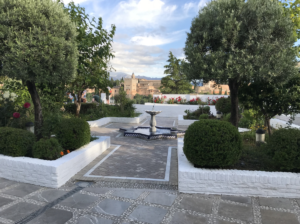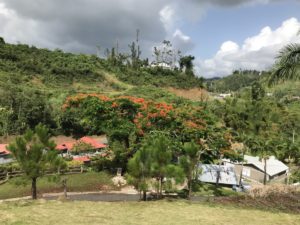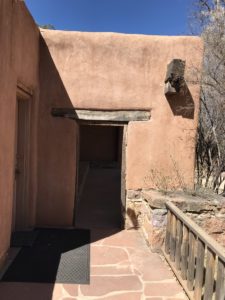This week we are working on trying to understand the correspondences between flesh, bodies, and migration, and how they contribute to the composition and interpretation of sacred spaces. To to that, we are going to expand the discussion we began last week regarding place and the study of religions, as well as the usefulness, or not, of the GPS of sacredness and religion.
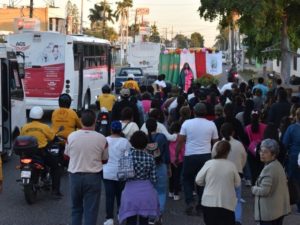
On Tuesday we dwelled on the poetics of flesh, and not, considering the philosophical framework of Glissant and Fanon, and weighing terms such as relation, gathering, water, miracles, feeding and healing, poetics, feminization, the maternal and motherhood, carnal interdependence, vulnerability, exposure, and disidentification. On Thursday we are going to journey between Chicago and México, and we are going to explore how some of the terms discussed on Tuesday play a role, or not, in the production of sacred space with the guadalupanas. We will venture in-and-out of matters pertaining to current issues with migration movements in the world.
Post your reflection by Saturday at 5PM. You will work in teams for class discussion and exchanges, but reflections are to be written and posted individually from now on, please.
